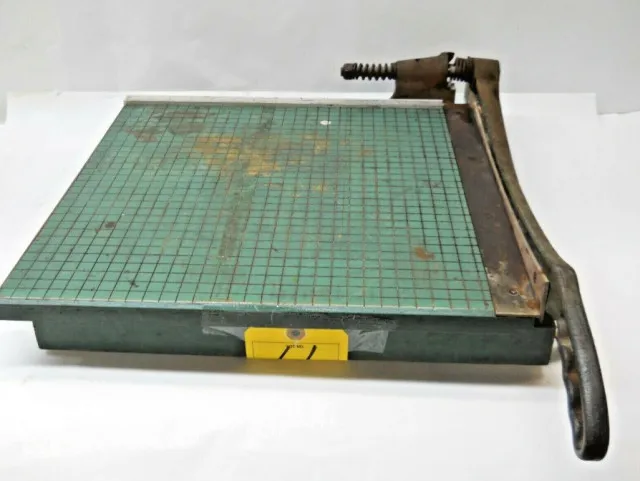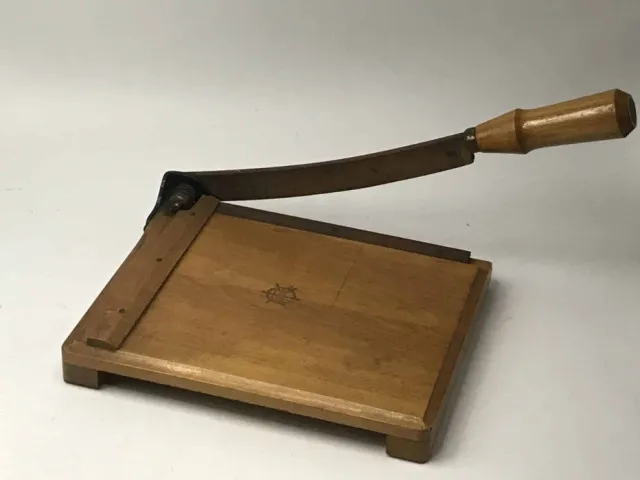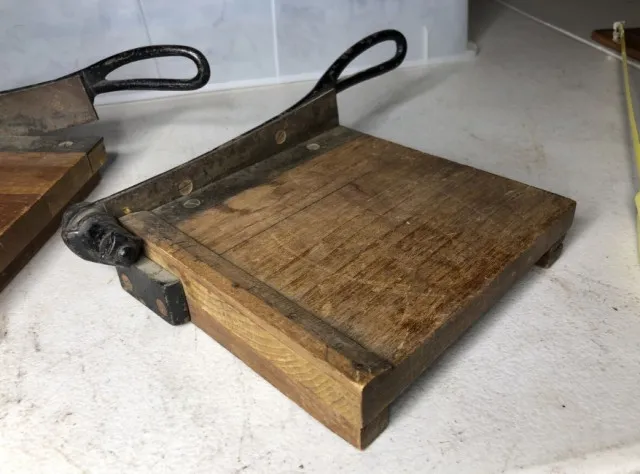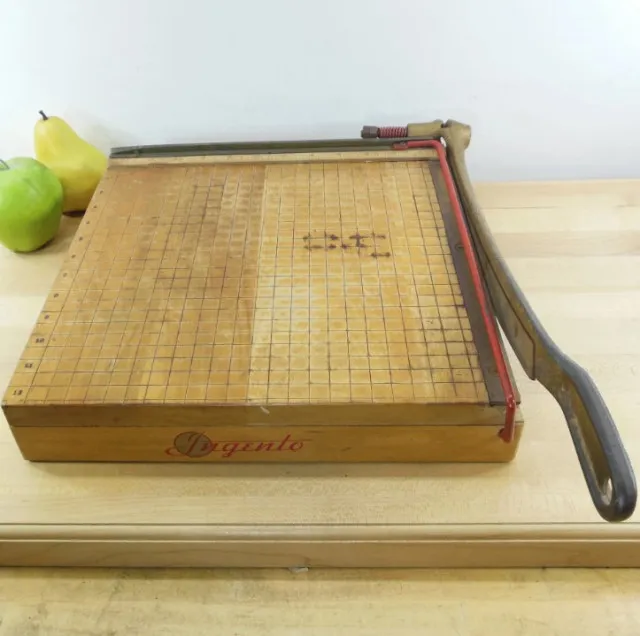Before the digital revolution, manual devices were key to our daily lives. The guillotine paper cutter was a vital tool in many fields.
This piece takes you on a trip down memory lane, showing how these devices shaped our past.
The guillotine paper cutter, also known as the paper shear, is a historical innovation with enduring significance. Originating in the early 19th century, this device revolutionized paper cutting and remains influential even in the modern age.
The origins of the guillotine paper cutter

The guillotine paper cutter’s invention is credited to French engineer Guillaume Massiquot, who patented it in 1844.
Inspired by the earlier guillotine used for executions, Massiquot’s design featured a sharp blade mounted on a lever arm.
This allowed for precise and effortless paper cutting. Its efficiency and ability to handle large volumes of paper quickly made it popular in offices, print shops, and bookbinding industries.
How to use a guillotine paper cutter
During the 19th and 20th centuries, the vintgae device was an essential tool in offices and printing shops. It was primarily used to cut large stacks of paper to a uniform size—crucial for producing books, brochures, and other printed materials.

The cutter typically featured a wooden or metal base, a built-in ruler for accurate measurements, a clamping mechanism to secure the paper stack, and a long levered blade.
This setup enabled users to make clean, straight cuts with minimal effort, enhancing efficiency in high-volume environments.
The guillotine paper cutter’s legacy extends beyond its original use.
Its design principles continue to influence modern paper cutting devices, which still utilize a levered blade mechanism, albeit with updated features like safety guards and ergonomic handles.
Collectors and antique enthusiasts prize vintage guillotine paper cutters for their historical value and craftsmanship.
These devices are sought after for their aesthetic appeal and precision, which some artists and crafters prefer over modern alternatives.

Cultural impact
The guillotine paper cutter has also left its mark on language and culture. The term “guillotine” has come to symbolize sharp precision and decisive action in various contexts. This metaphorical use highlights the device’s broad influence beyond its practical applications.

The guillotine paper cutter exemplifies a remarkable fusion of engineering, functionality, and historical significance.
From its 19th-century inception to its status as a modern collectible, the guillotine paper cutter remains a testament to timeless design and enduring impact.
Whether valued as a historical artifact or a functional tool, it continues to captivate and inspire, showcasing the ingenuity of past innovations and their relevance today.

Today, even with digital technology, traditional paper cutting and the guillotine cutter are still around. In arts and crafts, it’s a favorite. Artists and hobbyists use it for precise and detailed paper projects.